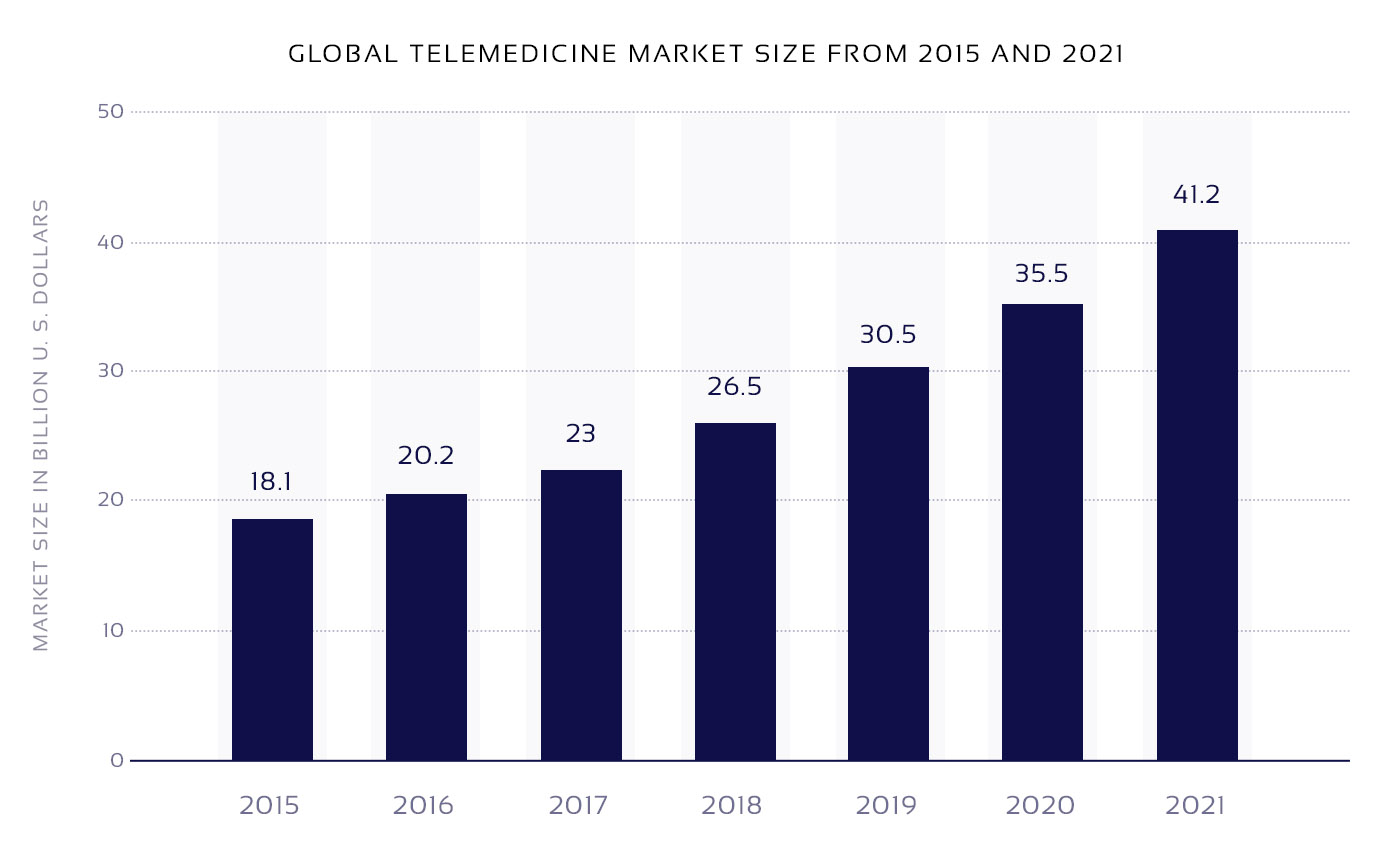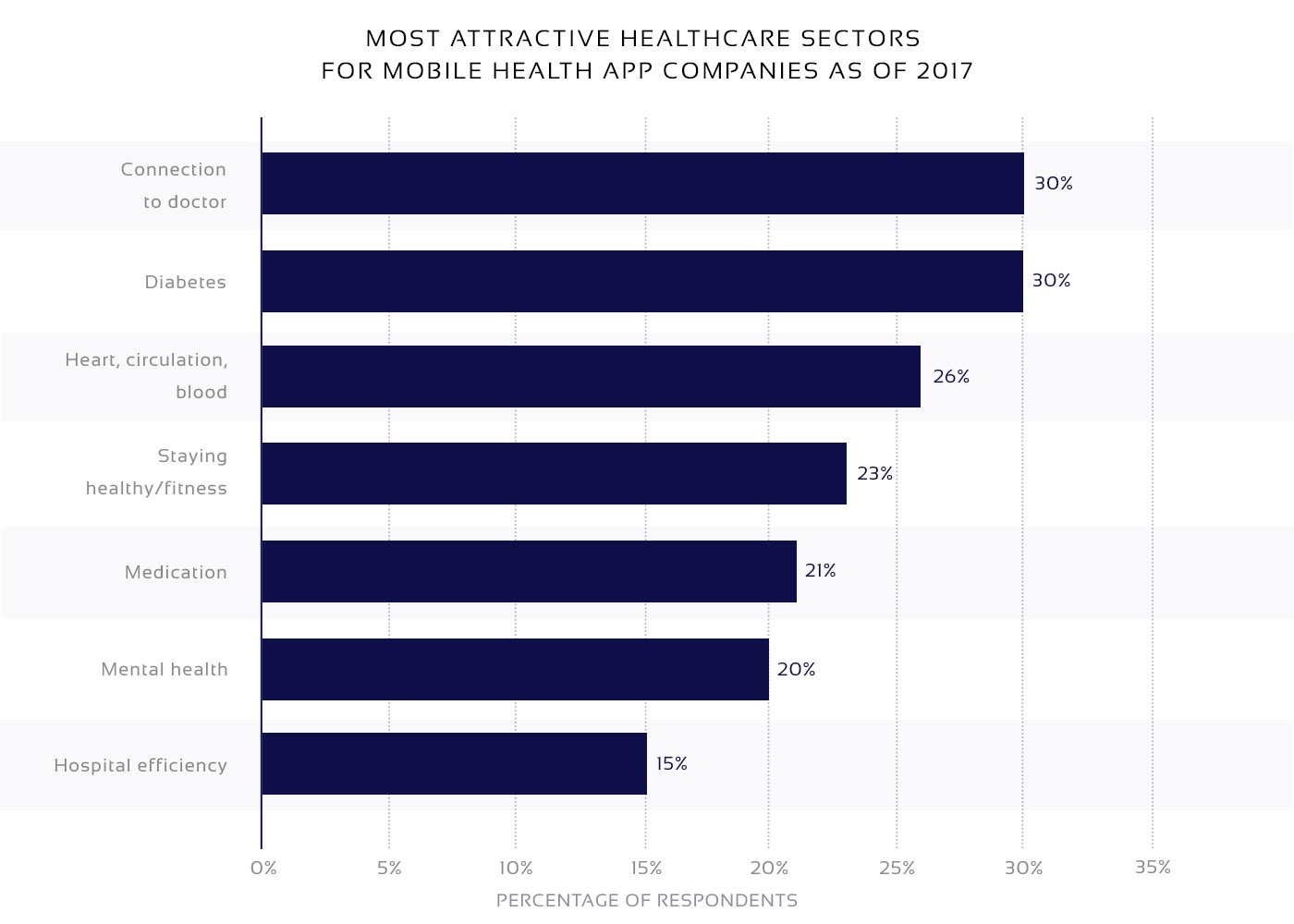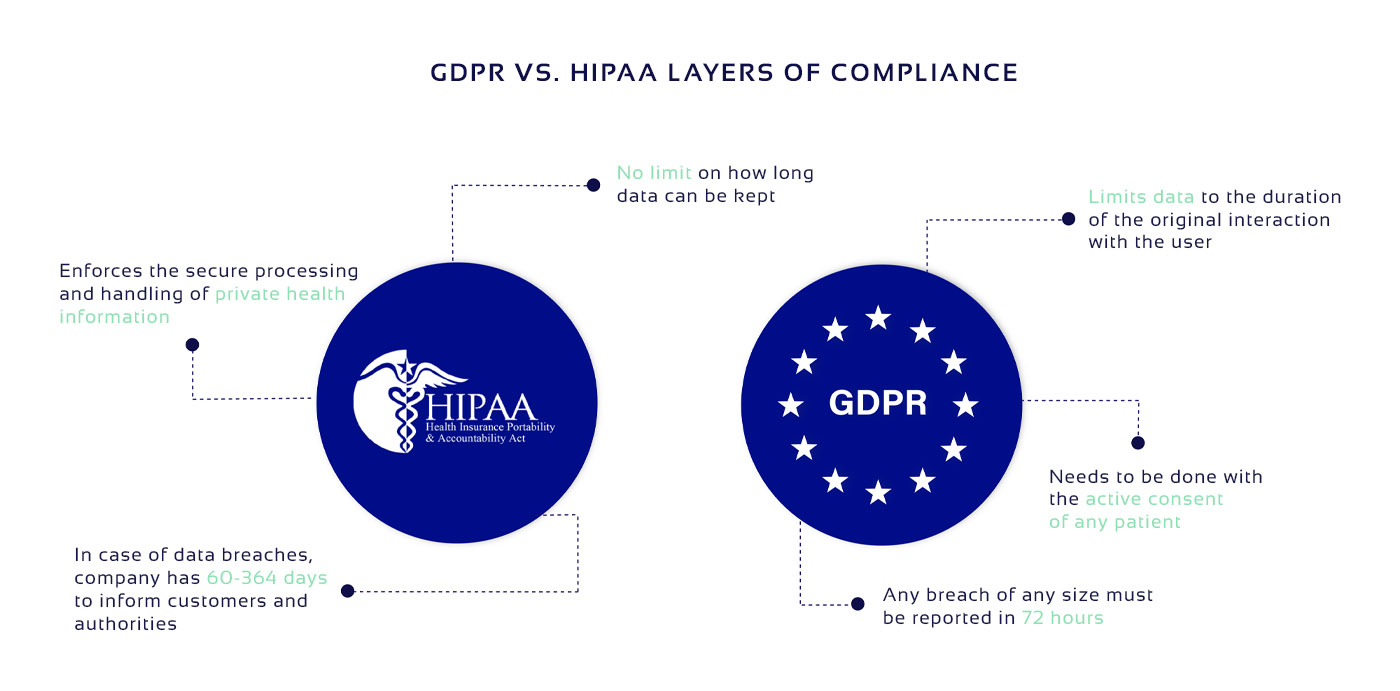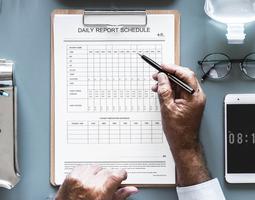You don’t need stones and bricks to build the whole hospital, you can do it with a code. Entrepreneurs are looking to develop a telehealth app good enough to beat popular Doctor on Demand, MDLive, or Lemonaid because the niche has shown the tendency of gaining bigger profits. This article will guide you on the reasons why telemedicine app development is beneficial, what features make it unique, and how to build a legally compliant healthcare platform.
Telemedicine Concept and Principles
Telemedicine or telehealth is a medical practice that uses technologies to provide long-distance patient support. It was first implemented in the US to reach patients over a long distance and is now becoming a common practice because of convenience. Telehealth app development is mostly used to provide doctor’s support in non-emergency cases when the prolonged inpatient treatment is not necessary.
The statistics below proves that the telemedicine services market is constantly growing and predicted to make 41.2 billion US dollars by 2021. For this reason, entrepreneurs are looking to a telemedicine app development solution to enter the market and make a fortune.

To understand how telehealth software works, pay attention to the example of Doctor on Demand customer service application. It’s a basic multi-purpose healthcare service that provides medical and mental health support. After the sign-up, a patient interacts with a user-friendly interface and a doctor database to select a specialist and start or schedule an online appointment. Before the first video visit, a patient can take an optional questionnaire on their current condition to help a doctor make a provisional diagnosis. When the visit ends, a patient gets necessary prescriptions or guidelines from a physician.
Reasons Why People Choose Telemedicine Apps
People are slowly becoming less cautious about using electronic healthcare products. Their trust goes up, and telehealth app development skyrockets. Such apps are getting more appreciated because they are:
- Fast. People who have a minor health issue or feel too sick to see a doctor in person save the time they would have spent on traveling to a clinic, filling out medical forms, and sitting in a waiting hall.
- Urgent. These apps minimize emergency room visits because they help deal with common cold-related diseases, some respiratory conditions (e.g., asthma), allergies, eye and skin issues, muscle strains, burns, cuts, pain, etc.
- Convenient. Telemedicine makes it easier to obtain necessary doctor’s notes, for example, work or school excuses when a patient needs a day or two to recover. After a doctor refills the form, a patient gets the alert that the note is available for printing or emailing.
Another fact that makes telemedicine app development sought-after is proven by the survey on mobile health apps companies as of 2017. It specified that people are primarily interested in connecting with their doctors and concerned about chronic disease monitoring.

Other reasons to invest in telehealth app development for healthcare businesses are:
- Less paperwork. All administrative work is automated because specialists use the EMR system.
- Easy follow-up. A caregiver gets quick access to a patient’s clinical record and previous recommendations from other physicians.
- Faster delivery of services. Doctors provide services faster with an easier Electronic Medical Records (EMR) system, instant messaging, and integrated AI chatbots.
Key Features to consider for telemedicine app development
Each app has standard elements to include during the development, but there are also some specific features that make a telemedicine application for healthcare different from other types of wellness software. Below is the review of the features of a telehealth platform.
User Profile
A user profile is an essential element displaying user’s data: a picture (optional), address, gender, location, time zone, email, phone number, and alternative numbers for account setting or emergency. It also must display the history of visits and the calendar of scheduled appointments.
Patient Web/Mobile Panel
Typically includes the panel of doctor’s services with the list of health conditions subject to treatment and the form for scheduling appointments. A typical set of tabbed pages includes medical, mental, and family health history, lifestyle page, payment methods, settings, and patient activity on the platform.
Geolocation
Telemedicine app development and introduction help patients to avoid travels. For this reason, they always request the user’s geolocation to find pharmacies and hospitals nearby, give directions, and set approximate time of arrival to the selected destination.
Communication Methods
To ensure control of treatment and real-time communication, the focus during telehealth app development must be on the integration of:
- In-app chat option;
- In-app calling;
- Live video sessions.
The task for a development team is to build an easy-to-use messenger with file sharing, audio, and video support to keep a high quality of files sent and provide a smooth connection.
Electronic Medical Records (EMR)
The telemedicine app development requires the integration of EMR to ensure:
- The flexibility of workflow,
- Accessibility of services,
- Usability of software.
The principle of EMR lies in entering data on a new patient and updating it with every new visit. It facilitates further diagnostics of a patient by giving a follow-up of the patient’s condition. EMR organizes all information related to the health condition, reduces the doctor’s paperwork, and prevents duplication of health records.
EMR helps to handle security issues. The system is based on the blocks of data that can be accessed on different levels for different specialists. For example, the whole patient’s record card is viewed by an attending physician only. The other medical staff providing additional services to a patient can solely work with particular blocks of information inside the record. So, the task for a telemedicine app development team is to provide a secure structure of data access and storage for both patients and care practitioners.
Remote Patient Monitoring (RPM)
Some platforms are developed to help patients cope with conditions requiring self-monitoring. They involve RPM to help patients and physicians keep pregnancy records and guide the maternity program or manage chronic conditions that require, for instance, cholesterol or glucose monitoring, etc. Developers also work on RPM-based apps that help people fight severe diseases like cancer and improve their quality of life.
Symptom Checker
A symptom checker works as an auxiliary program that helps a patient define their symptoms and answer questions concerning their current general condition. Based on the data entered, the program suggests the list of possible diagnoses, but only a physician makes a final decision.
Prescription and Medication Tracker
If a doctor recommends a prescription, a tracker informs a patient when they can pick up medication at the pharmacy. A patient then must present their ID, insurance card, and the electronic version of a prescription.
You may inform the telehealth app development team that you want the app to have an integrated online pharmacy or marketplace, just like in one of our previous projects. Also, your application can include functionality that will give patients an opportunity to get purchased medications via home delivery. This functionality is useful when patients have special needs and are unable to pick up a prescribed medication from a pharmacy by themselves.
Lab test prescriptions are written to define specific health conditions. After the video visit is over, a patient will see the list of laboratories to take samples at. The doctor’s electronic order is then sent to the selected lab to notify a laboratory technician to prepare for the tests.
Payment Modes
The payment methods vary from app to app, but if to follow Doctor on Demand example, there are several ways to pay for telemedicine services:
- Credit card;
- Insurance (Medicare or Medicaid plans);
- Employer coverage;
- Coupons.
Telemedicine Platform Legal Issues
The challenges that make telemedicine app development more challenging concern the restrictions imposed because of healthcare laws. There’s still uncertainty about the patient’s privacy protection. Legal restrictions vary on the state and federal levels. Henсe, the focus is on cybersecurity and HIPAA (Health Insurance Portability and Accountability Act) compliance for the US citizens or GDPR (General Data Protection Regulation) compliance for EU residents, and the respective Acts applicable in other countries.
Local Legislation
By the US law, the security is provisioned by HIPAA. Since the gathered data can be stored and forwarded, HIPAA Security Rule states that private health information must be sent through secure messaging. Media files and documents must be encrypted and cannot be spread outside the private network.
By European law, the app must be compliant to GDPR. Article 25 and Recital 78 of the GDPR provide that data protection must be ensured by design and by default. Data protection by design involves:
- Pseudonymization - a substitution of personal data elements by artificial identifiers;
- Encryption - changing a code to make it readable only for users with permitted access.
Data protection by default implies that the user’s health information will be accessible and processed only for a specific case. This includes the amount of personal data collected and the time of its processing, storage, and accessibility.

GDPR is not specific about the methods of provision of those requirements, but they have to be implemented unconditionally. Both GDPR and HIPAA put more responsibilities on organizations and supports the rights of a healthcare consumer. That is why a business owner should be extremely cautious when choosing the telehealth app development team.
International Care Provision
A telemedicine application for healthcare can’t go global because of different regulatory systems around the world. However, you can allow a patient to start a visit when they are out of the area where service is provided without limitations. The only condition is that a care provider can only advise on treatment and medication, but in no way they can write a prescription. In that case, a patient is the one who’s entirely responsible for the decision to start treatment and its repercussions.
Doctor-Patient Legal Relationship
The privacy issues in a doctor-patient relationship might concern:
- Patient credentials. According to some laws, doctors must ask a patient to present their ID before the examination, and sign the consent to treatment before prescribing a medication.
- Practitioner’s license. Doctors providing services through your app must have a GP or respective specialist license in the area where a patient lives.
- Malpractice insurance. Ask providers whether their malpractice insurance covers the telemedicine service cases and if it’s viable within the area you’re intended to cover.
Costs to Develop a Telemedicine Platform
The telemedicine app development costs and the average time to develop a telehealth app always varies considering the experience of a team in creating similar healthcare projects, the size of a team, and tight deadlines. Although, you should pay attention to a few distinctive features that usually require more funding to guarantee a quality result.
Big Data Analytics
Every telemedicine software platform must be able to collect and store large amounts of data. To understand how Big Data technologies work, imagine how good old paper record storage rooms that remind something of a public library are fit into a small cabinet of your desk. This cabinet has a tool capable to analyze this massive data and give a needed prediction in a convenient format. Big Data analytics is used in EMR, real-time alerting features, and helps consolidate information on diseases that will prevent them in the future. The structuring and finding ways to ensure the safe search is a somewhere challenging task for a telehealth app development team and needs more investment because of the intricacies of sizable data management.
AI Integration
This is another costly, but worthwhile solution you should consider during telemedicine app development. AI chatbots are efficient mental health care. Apart from helping patients fill in sign-up forms and guide them through the app, they interact through smart questionnaires on mental conditions. More advanced chatbots help people cope with compulsive thoughts by showing empathy.
A chatbot can give medical advice when the therapist is unavailable, or patients find it difficult to reveal their problem during the visit. They can be programmed to analyze the symptoms, inform a patient on the disease, and be able to make prescriptions for minor health issues treatment instead of the care practitioner.
Quality Assurance
QA experts make sure that the final result of the telehealth app development process is up to par and the software works as planned according to client’s demands . Some might consider QA as a money and time-consuming procedure, because it falls into the category of additional expenses. In truth, it saves money, because it compensates the resources you might have spent on turning to IT companies for fixing malfunctions on the platform.
Conclusions
Telemedicine services gradually gain the trust of more and more users, which makes telemedicine app development an up-to-coming solution for business owners. Technologies can help you build a whole hospital without any construction, organize doctor appointments without a lot of paperwork, and provide quality treatment to patients without having them to leave their homes.
Still, healthcare is a specific niche regulated by laws on the state and federal levels, so to make your product competitive on the market, you need to follow security, safety and liability provisions of respective Acts. Ensuring proper data collection, processing, storage, and accessibility is a complicated task, so, it’s crucial to present all that’s complicated in a simple and safe form. If you want such app for yourself and don’t know how to make it feasible and compliant to legislation, rely on the professional development team.




